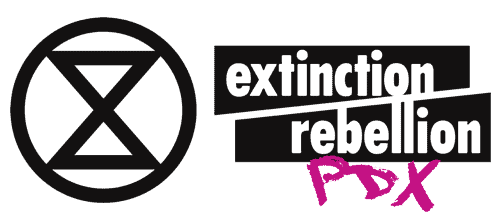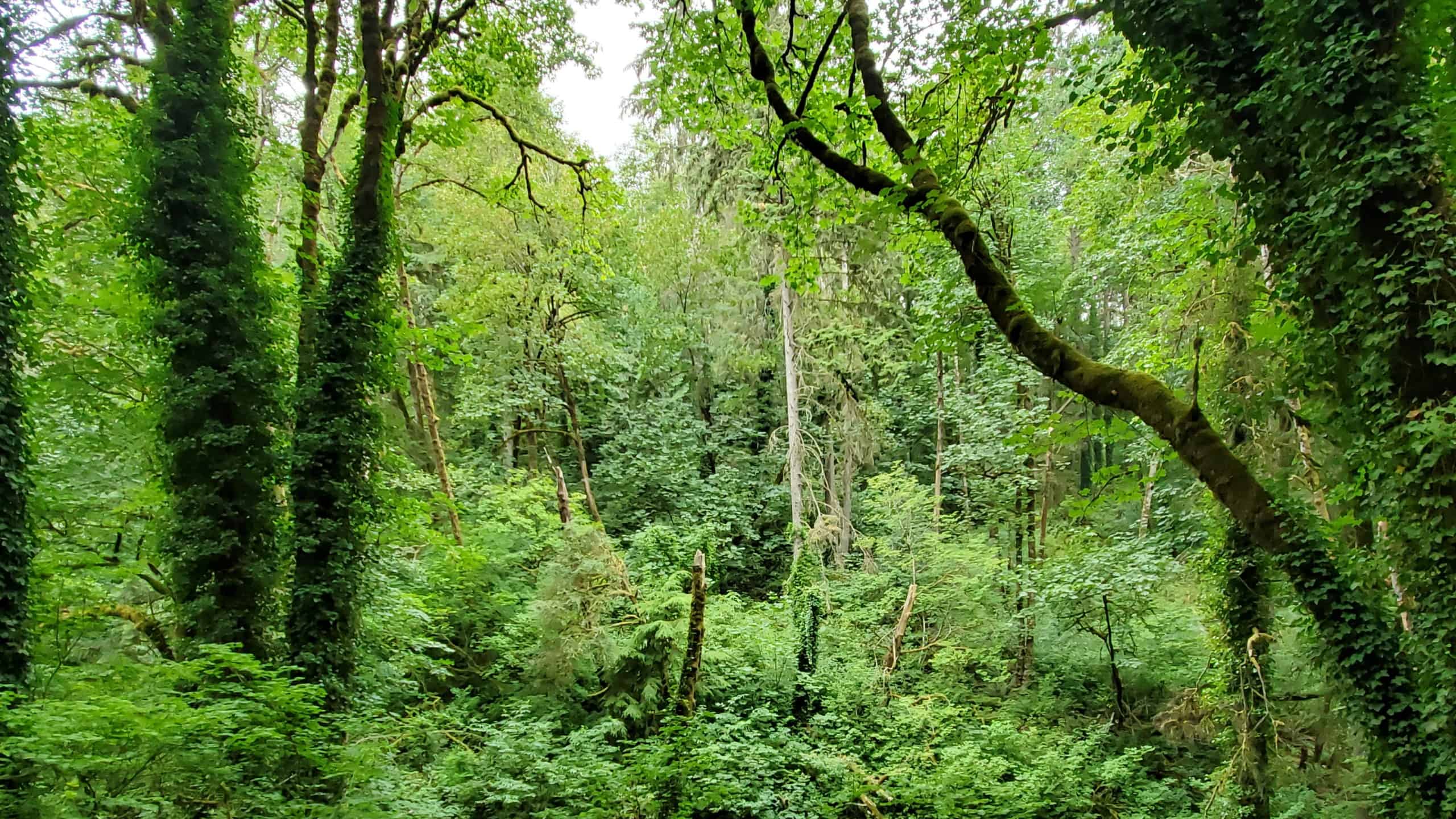Those words are the title of an opinion piece by Ian Leahy and Yaryna Serkez published in the NY Times on July 4th, 2021. They lay out the impact of long-term, systemic inequity in access to civil rights with cold, hard facts: “The wealthier and whiter your neighborhood, the greener the view from your window is likely to be.”
What does Green have to do with Red, White and Blue? Leahy and Serkaz cite substantial evidence linking discriminatory social and economic barriers to the purchase of home in areas that have trees. They write about disparities in the quality of life between the lower income neighborhoods of people of color compared to those of privileged, (overwhelmingly white) people.
The authors’ goal is to promote the principles of “tree equity” problems through initiatives including:
- infrastructure legislation,
- support for urban and community forestry programs and
- proposals to create programs at federal agencies focused on housing, energy and transportation.
They never use the phrase “climate change”, only refer to “temperatures rising and economic disparities widening”.
Maps of city neighborhoods that demonstrate “striking difference” in the presence of trees within wealthier, white communities and those of BIPOC, indigenous and lower-income people include two of Portland, Oregon. One shows the outline of “red-lined” districts, clearly illustrating how those who enjoy the shade, beauty and cleaner air in homes surrounded by trees live outside these boundaries. The wording of the caption hides discriminatory intent in a kind of double-speak: “Redlining maps closely align with who get to live in green areas”. What the maps actually show is that people who are systemically channeled into redlined districts wind up with neighborhoods that have significantly less tree canopy. They don’t “get to live” in green areas.
The XR-US “Fourth Demand” is less circumspect: It states that climate justice and social justice are intrinsically, irreducibly entwined and that climate change solutions must address underlying systems of oppression and privilege.
XRPDX wholeheartedly supports the Fourth Demand. Change starts at the ground level by ensuring that our life support systems are invested in now by the planting of trees for urban canopies that benefit all residents. Other indisputable civil rights are equally important, the like the need to be safe from oil trains derailing and exploding. Several NE and NW Portland neighborhoods, home to many lower-income and BIPOC communities, have industrial railroad tracks running through them that are. It is their homes that will be damaged, their lives that might be lost, should an accident occur to the long lines of rail cars that nightly deliver dangerous tar sands and shale oil to the Zenith Energy facility.
Currently we are working to raise awareness of the imminent approval by the Portland City Council of Zenith Energy’s operational renewal permit request and the lack of vision and concern for vulnerable residents approving this permit will reflect. As of July 12th, 2021, the permitting process is slated to be completed within weeks, if not days.
Climate justice starts here. Now. Our meetings are still online, but we are slowly gearing up for in-person engagements that are safe and friendly. Let’s work together to have Portland, Oregon showcased in mainstream media as a city in which people care about one another, the environment and justice, as we make our opinions known non-violently, but strongly. With your help, opinions become plans that result in a difference that matters.
Read about the XR-US Demands and then get connected: https://xrpdx.org/take-action/

